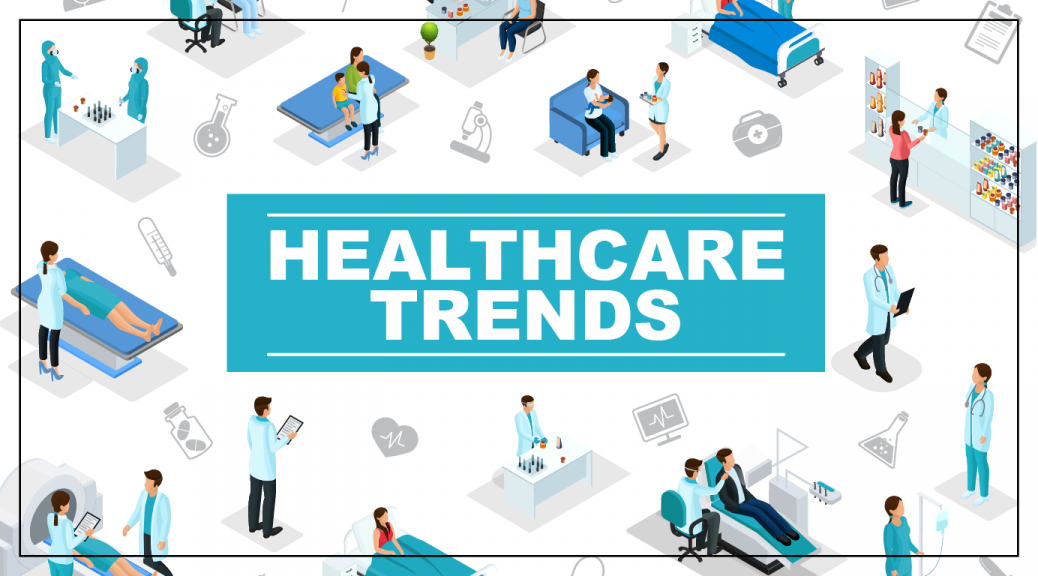
Emerging healthcare trends post Covid-19
Authored by Satya Patra, TVSNext – Vikriti Strategizing Partner
Emerging healthcare trends post Covid-19
COVID-19 reveals how fragile many world’s health systems and services are, forcing countries to make difficult choices to best meet people’s needs. Though patient care systems have progressed long before coronavirus disruption, online health consultations, involvement of healthcare providers, and remote monitoring of patients are becoming increasingly accepted.
New approaches to delivering healthcare services
Improvement in healthcare can be achieved irrespective of geographies. New healthcare approaches are paving the way with modern infrastructure, service requirements and analytics.
- Enhanced pharmacy experience: Pharmacies are expanding their touch points to provide medicines and other healthcare services. Grocery stores are also being used to sell drugs along with other products to retain customers and give them single time purchase experiences. Many leading brands are exploring options to set up healthcare retailing and experimenting delivery of medicines using drones.
- Increase in contactless experience: Coronavirus apprehension is more prevalent in clinics and hospitals. Technology-enabled workflows are used to improve patients’ registration before visiting a clinic. Facial recognition programs are used to remove the need of touch, requiring registration stands in hospital lobbies. Routine tests are also getting virtual, and many diagnostic procedures via remote-controlled devices are increasing. With the rise of bandwidth, modern mobile apps, and desire to isolate themselves from society throughout the pandemic, both clinicians and consumers are preferring virtual calls. Virtual video care is been initiated in many locations around the world to reduce long-distance travel for patients.
- Big Data in healthcare: Big data uses the collection of all data points on COVID-19 from around the world. These data are used by mathematical models to identify geographic locations, establish mortality prediction models, estimate testing, and test delivery requirements, and guide policymakers, healthcare providers, and other key players in decision making. It is essential to note that while big data gives us the perspective that we would not have otherwise, all variables required to make a specific decision are not automatically considered.
- AI and data analytics: The health industry’s defensive line against COVID-19 was primarily helped by AI and data analytics. Machine Learning and data analysis have a significant role in understanding the spread of the disease and the efficacy of the different responses to the infection. Studies have utilized these methods for monitoring the capacity of hospitals to classify high-risk patients, and many agree that AI could be used to plan for similar situations in the future.
Conclusion
A seamless product design is critical to gain an intuitive understanding of the trajectory of patients in the modern post-pandemic period and to identify high-impact touchpoints for digital interaction. Every patient population varies in their digital communication preferences, whether by socioeconomic status or other demographic factors. Each health system must develop a digital environment suitable for its patients, while continuing to address the needs of caregivers who provide and maintain the environment.
